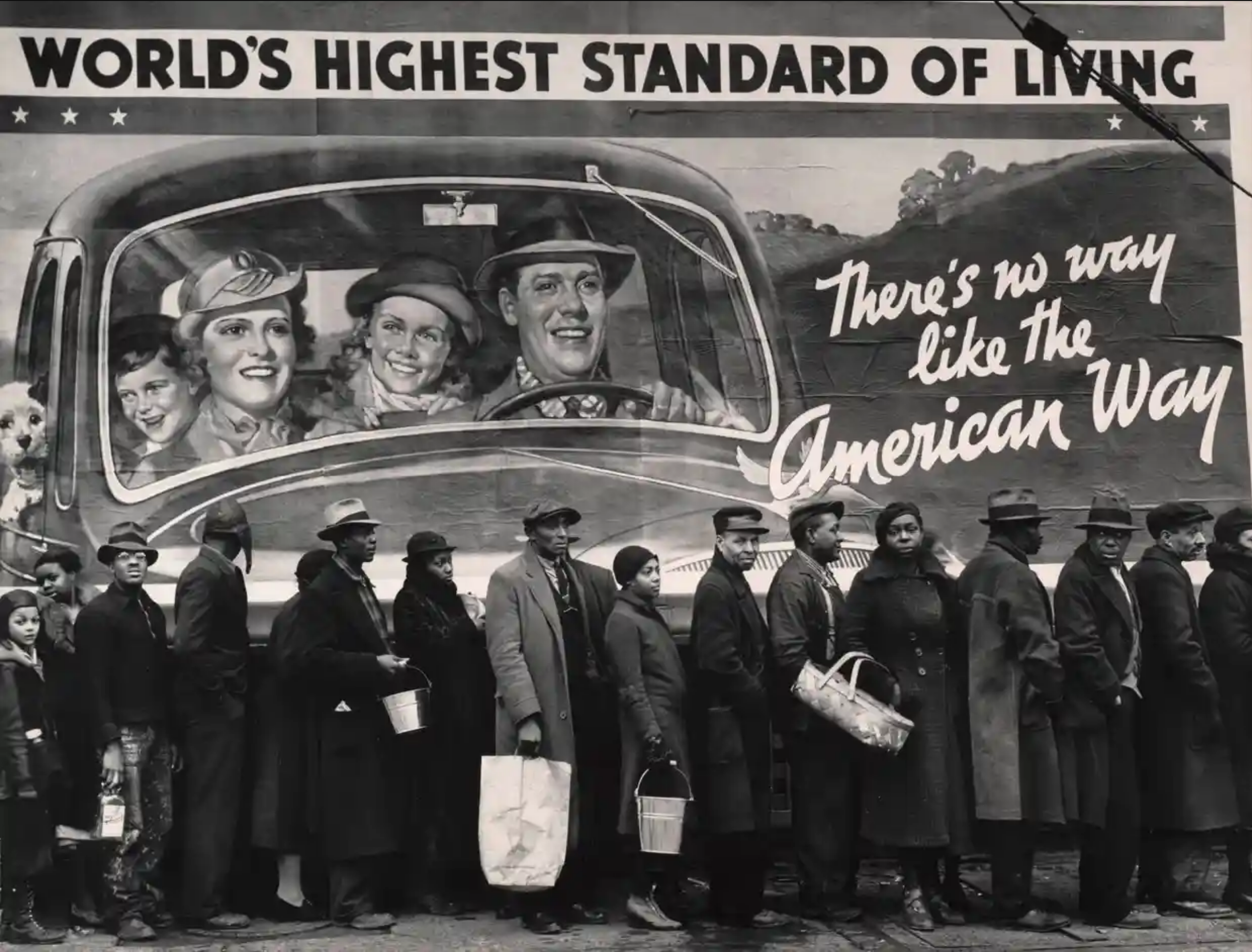Antonio Gramsci’s words are often cited in scholarship of historical crises: “The crisis consists precisely in the fact that the old is dying and the new cannot be born; in this interregnum a great variety of morbid symptoms appear.” Likewise, this type of tension between old norms and emergent forms is ubiquitously found in scholarship of modern and postmodern art which plays with ambiguity and tackles impossible obstacles. Are there any continuities in the artistic responses to crisis experience? We will challenge this question by looking at the historically specific episodes such as the Great Depression; Vietnam War; Iraq War; and the 2008 Global Financial Crisis. These insights will also be relevant to those students wishing to engage with artistic representations and manifestations of contemporary planetary crises, ranging from ecology, the pandemic and military conflict zones—for all of which there will be a space within the course, particularly in the final essays.
In the seminars, we will discuss iconic examples such as: Dorothea Lange’s documentary photography of the 1930s Great Depression (among other photographers working for the Farm Security Administration project); John Heartfield’s politics of antifascist photomontage; Pablo Picasso’s representation of war atrocities between Guernica and the Massacre in Korea; Martha Rosler’s linking of the US domestic consumer culture with the war in Vietnam; Allan Sekula’s representation of capitalism as systemic crises; or Hito Steyerl’s engagement with post-crisis experiences of the post-2008 ‘Austerity Era’.

- Enseignant: Boris Cuckovic